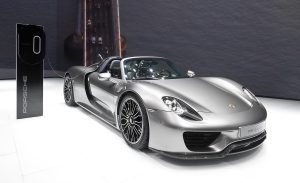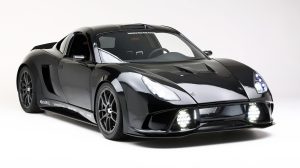There are two types of electric toothbrushes on the market: rotating electric toothbrush and sonic electric toothbrushes.The rotary vibration type is driven by an electric motor and the toothbrush rotates repeatedly on a plane in a pendulum reciprocating pattern, with the brush head rotating to create a strong frictional force to clean the teeth. Oral-B is the representative brand.
Sonic vibration type of electric toothbrush drives the bristles to oscillate by magnetic resonance, driving the rapid flow of liquid in the mouth and generating a stream of water to clean hard-to-reach areas such as gum sockets and gaps. The bristles keep oscillating at a certain angle to complete the brushing action well. Representative brands are Philips and Nandme.
With regard to cleaning power, the actual effect of the two is not much different. But sonic vibration will instantly break down toothpaste into fine and rich foam, and combined with the electric toothbrush vibration provoked by the water flow, so that the strong flow of cleaning power deep between the teeth to fully clean, can effectively remove dental calculus and plaque, strong removal of tenacious tooth stains, to achieve a comprehensive oral cleaning. In addition, rotary electric toothbrushes are abrasive to teeth, causing excessive cleaning, enamel damage and other problems, making teeth sensitive and sore.
In comparison and overall consideration, sonic electric toothbrushes are more friendly to the oral cavity, cause less damage and have more cleaning power.
What do you need to avoid when it comes to choosing electronic toothbrush
1, Insufficient power leads to weak cleaning effect
The motor frequency, amplitude, torque and the ultimate cleaning effect are the fundamental factors. Poor quality motors such as hollow motors, his vibration strength is sometimes large and sometimes small resulting in poor stability, which leads to not only insufficient power to clean teeth, but also to exert unbearable high pressure on the teeth and gums, aggravating oral problems. Choose the motor vibration frequency in 30,000-41,000 rev/min is better.
2, Excessive tremors cause serious chronic hazards
High vibration frequency and fast teeth whitening are the usual publicity stunt of many famous brands. Once the strong vibration of the sonic electric toothbrush exceeds the scientific range, it will instead cause tooth wear and gum recession problems. According to the research of the dental defense group, the vibration frequency of more than 41,000 rev/min will damage the teeth by physical abrasion of the tooth enamel, while the tooth brushing is to remove the bacteria around the teeth, not to damage them.
3, High noise
Since electric toothbrushes are used close to the ears and in direct contact with the jawbone, the noise becomes louder and is transmitted to the eardrum. The noise level of electric toothbrushes in general is above 50-65 dB, which affects not only yourself but also the people around you. The new products of Nandme NX series use the unique patented technology – ultrasonic active noise cancellation.
The product uses ultrasonic frequency control to reduce the noise of the product to 45 dB. With the help of a unique core algorithm and driven by a motor, the product actively controls non-essential noise, enabling consumers to enjoy a quiet toothbrushing experience in the peaceful mornings and evenings.






